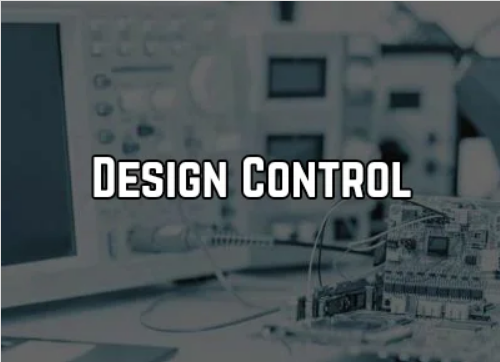Effective Design Control (21 CFR Part 820.30)
🎤 John E. Lincoln | 📅 Recording Available | 🕒 90 Minutes
Description:
The FDA expects companies to perform meaningful, results driven Design Control activities as defined in in 21 CR 820.30, for both new and changed devices. ISO 13485:2016 now requires the same 10 elements under 7.3 Design and Development Planning. The company is held fully responsible for deciding when to start and the specific documentation to meet the 10 requirements. Beyond compliance, these 10 elements can be a powerful tool in reducing “time to market” / “fast cycle” product development.
In addition, growing high-profile field problems indicate that design control and it’s effect on regulatory review activities are not yet fully utilizing the power of current risk management tools, which must be a part of the design control process — the ISO 14971 “model”. A growing push by the Agency to strengthen the 510(k) process, and review existing devices with above normal adverse events are additional concerns, to be factored into the design control process.
The resulting documentation can have other far-reaching uses in a company. Proper design control requires a defined “start” date, and the systematic / SOP-defined implementation of formal methods with documented, and defensible, rationale. When properly executed, it is a powerful product development project management tool.
Areas Covered in the Session:
- Current Design Control Requirements
- Defining the “Start” Date and Its Significance
- The 10 Design Control Elements
- Implementation and Documentation
- The Design History File (DHF)
- The Business Case for Design Control


